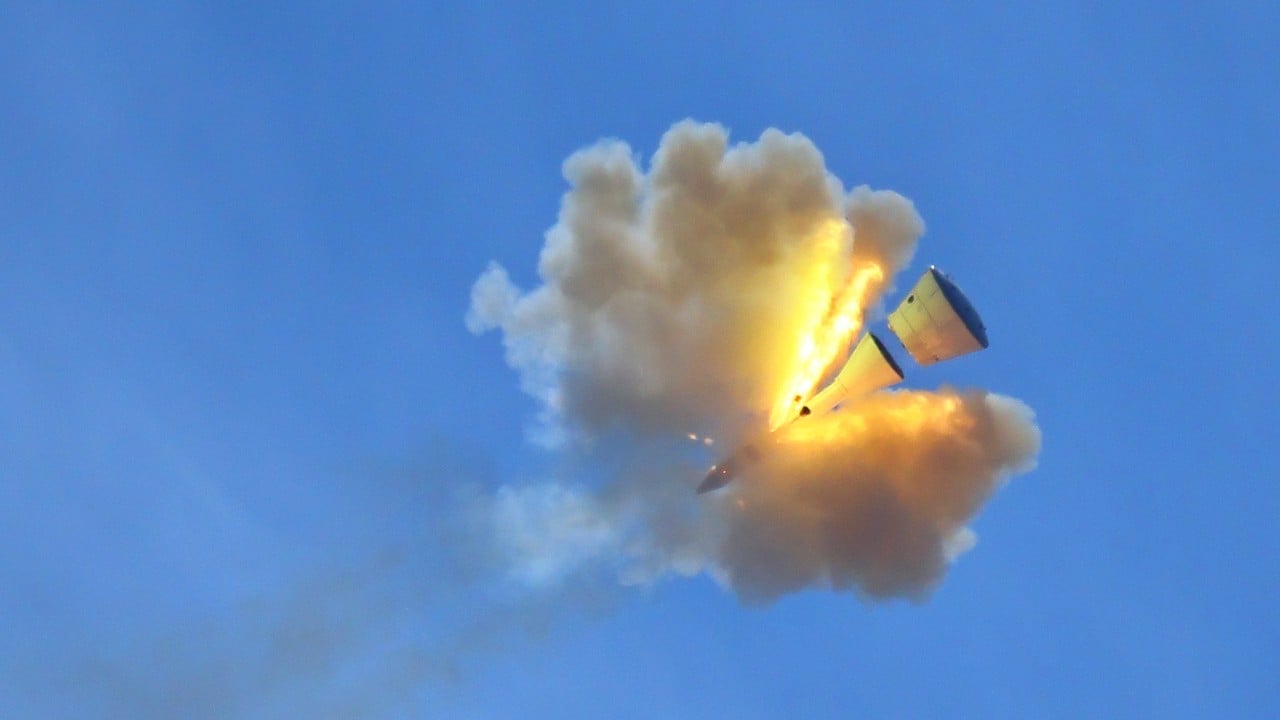The US Senate has approved an extra US$10 billion for Nasa’s Artemis moon exploration programme, giving a major boost to contractors such as Boeing.
Advertisement
While many see it as a domestic win over newer space players including SpaceX, it also signals the Trump administration’s determination to stay ahead of China in an intensifying space race.
Here we look at how China is expanding its deep-space ambitions, from putting astronauts on the moon to returning rocks from Mars, and how it is posing the most serious challenge to US space leadership in 60 years.
Will the next words spoken on the moon be in Mandarin?
Possibly.
China aims to land two astronauts on the moon before 2030, with all major hardware now in prototype development and large-scale testing.
The Chinese programme’s Mengzhou crew capsule passed a critical safety test just last month, and the Long March-10 moon rocket could make its maiden flight as early as next year. China is also developing the Lanyue lunar lander and the Wangyu spacesuit, both undergoing trials.
Advertisement
Nasa still leads on paper, with Artemis III targeting a crewed landing no earlier than 2027. But the mission faces big technical hurdles. In particular, its massive lunar lander – a modified SpaceX Starship – requires in-orbit refuelling, something that has not been done before.

